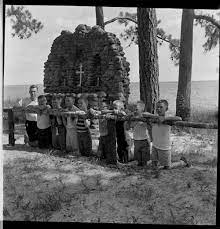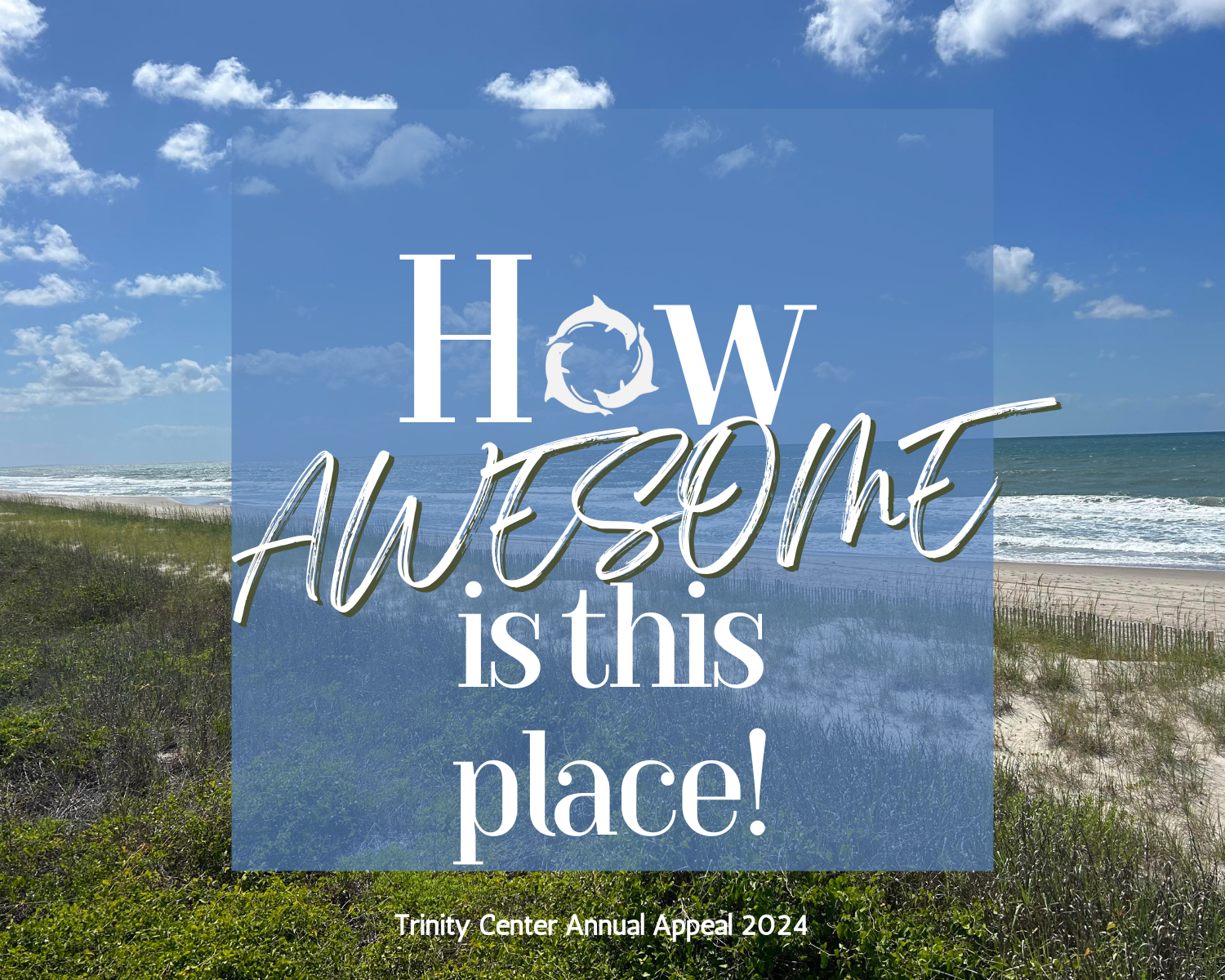 In 1930 under Bishop Darst, a property was acquired on the Pamlico River in Washington to build Camp Leach as the Diocese of East Carolina's first camp and conference center. Camp Leach was home to the first Summer Camp for youth. Initially, this camp was only for white children. In 1955 at Ocean City Beach on Topsail Island, leadership from Historically Black Congregations in the diocese opened Camp Oceanside for two weeks in rented facilities. This camp for black children grew between 1955 and 1959 outgrowing its original rented facilities. In 1960 a permanent space for Camp Oceanside was dedicated, built on land donated to the diocese by Ocean City land developers.
In 1930 under Bishop Darst, a property was acquired on the Pamlico River in Washington to build Camp Leach as the Diocese of East Carolina's first camp and conference center. Camp Leach was home to the first Summer Camp for youth. Initially, this camp was only for white children. In 1955 at Ocean City Beach on Topsail Island, leadership from Historically Black Congregations in the diocese opened Camp Oceanside for two weeks in rented facilities. This camp for black children grew between 1955 and 1959 outgrowing its original rented facilities. In 1960 a permanent space for Camp Oceanside was dedicated, built on land donated to the diocese by Ocean City land developers.
In 1949 a sixty-two acre piece of land that now comprises Trinity Camp and Conference Center was given to the diocese by Alice Green Hoffman. In 1985 both Camp Leach and Camp Oceanside were closed to make way for an integrated camp built at Trinity Center.
Alice Hoffman gifted the sixty-two acres of property to the Episcopal Diocese of East Carolina with the following deed stipulation: the property was to be used for a camp site and conference center for young people and adults and for other religious purposes. Further stipulations included the Diocese had five years from the conveyance date to "put the property in condition for some of the uses herein before set out". This was a tall order for a poor diocese in rural, Eastern Carolina. The Layman's Association of the Diocese asked to build a small place on the beach side of the site, and the diocese added a motel-type building for a sleeping area. This structure satisfied the terms of the deed and was all the Diocese could afford at the time. It was not until 1986 that Trinity Center became a reality, with further additions being completed in 1997.
Two decisions made at the outset of construction of Trinity Center have helped to account for the success of the Center: 1) great care was taken to save large oak trees and preserve the maritime forest, and 2) the camp and conference center was designed to be large enough to attract non-profit groups in order to financially support the programs offered there by the Diocese of East Carolina.
We invite you to visit as the history continues...
 Executive Director
Executive Director
 Assistant Executive Director & Director of Camp Trinity
Assistant Executive Director & Director of Camp Trinity
 Group Coordinator & Conference Reservations
Group Coordinator & Conference Reservations
 Education Director
Education Director
 Associate Camp Trinity Director & IT and Internet Support
Associate Camp Trinity Director & IT and Internet Support
 Sound to Sea Program Coordinator
Sound to Sea Program Coordinator
 Registrar for Camp Trinity, Sound to Sea, & Pelican House
Registrar for Camp Trinity, Sound to Sea, & Pelican House
